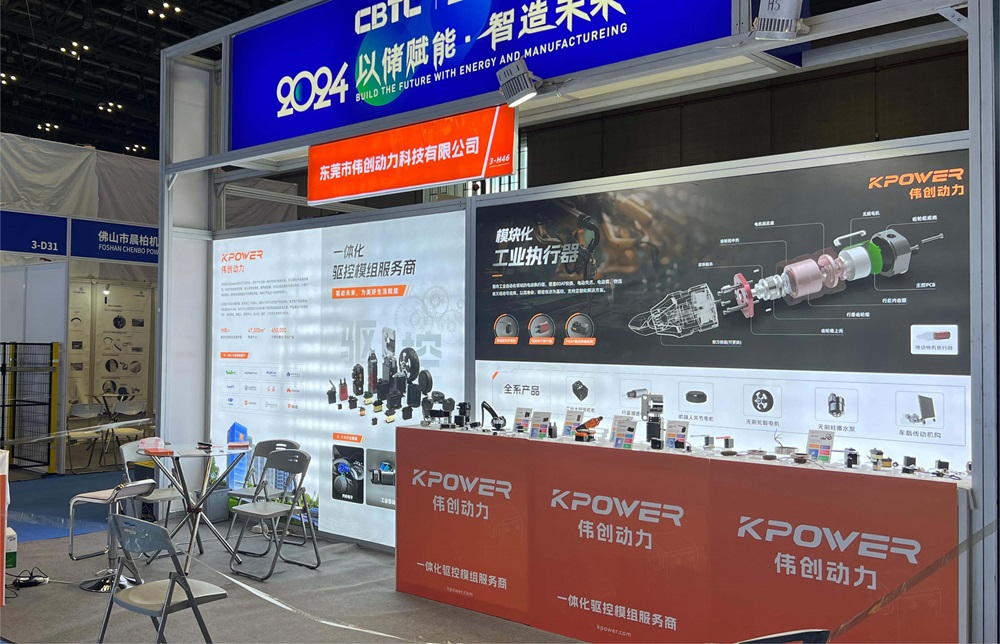Introduction: The Small but Mighty Tower Pro SG90 Servo Motor
In the realm of robotics and hobby electronics, few components have achieved the kind of widespread admiration and utility as the Tower Pro SG90 servo motor. Compact, affordable, and surprisingly powerful for its size, the SG90 has become a staple in countless DIY projects, educational kits, and prototype designs. To truly harness its potential, understanding the detailed specifications outlined in its datasheet is key.

At a glance, the Tower Pro SG90 is classified as a micro servo motor, designed primarily for lightweight applications where space is limited but reliable performance is crucial. Whether you're building a robotic arm, a remote-controlled vehicle, or a precise camera gimbal, this servo offers an impressive mix of features that can adapt to multiple needs.
Core Features and Design Philosophy
The design philosophy behind the SG90 centers around simplicity and efficiency. Its lightweight construction—roughly 9 grams—makes it ideal for applications that demand minimal mass without sacrificing control accuracy. The motor features a coreless brushed DC motor, which provides smooth motion and longevity if operated within specified limits.
The plastic gear train inside the servo underscores its affordability and ease of manufacturing. While this gear system might not match the durability of metal gear servos, it is more than sufficient for many hobbyist applications and short-term tasks. Yet, the datasheet specifies operational boundaries to ensure the longevity of the device.
Electrical and Mechanical Specifications
According to the datasheet, the SG90 operates primarily within a voltage range of 4.8V to 6V, with 5V being the most commonly used power source. Consistent voltage input ensures predictable response times and positional accuracy, which are vital in precise control scenarios.
Mechanically, the servo features a rotational range of approximately 0 to 180 degrees, with some models capable of slightly exceeding 180 degrees in certain configurations. The stall torque, a measure of the maximum rotational force, stands at about 1.8 kg/cm at 4.8V, and increases slightly at higher voltages. This torque level is sufficient for mini robotic arms or small mobile platforms.
Most importantly, the speed of the SG90 is roughly 0.12 seconds per 60 degrees at 4.8V and improves marginally at higher voltages. The quick response time makes it suitable for real-time control applications, where immediate feedback and adjustments are necessary.
Connecting and Controlling the SG90
For electronics enthusiasts, the datasheet explains the servo's control mechanism: it uses a standard PWM (Pulse Width Modulation) signal. Typically, a pulse width of 1 millisecond corresponds approximately to 0 degrees, 1.5 milliseconds to 90 degrees, and 2 milliseconds to 180 degrees. A stability period of about 20 milliseconds between pulses is maintained to ensure consistent operation.
Powering the servo requires careful attention: providing stable voltage within recommended limits is essential to prevent issues like jitter or stalling. The typical control setup involves connecting the servo's signal pin to a microcontroller's PWM output, managing the position through software commands.
Understanding the Internal Circuitry
Delving into the internal circuitry as detailed in the datasheet, the SG90 features a small circuit board with a programmable microcontroller, a potentiometer for feedback, and the core motor with gear train. The feedback loop ensures the servo accurately reaches targeted positions by comparing the current angle with the incoming command signal.
The internal microcontroller interprets the PWM signal and activates the motor through a driver transistor, which supplies the necessary current. The gear train then translates the motor's rotation into precise movement of the output shaft. Limit switches or internal stops prevent the servo from exceeding physical boundaries, although these are typically set during manufacturing.
Reliability and Maintenance Considerations
Understanding the datasheet also informs users about maintaining the servo's lifespan. For example, staying within voltage and load limits prevents overheating. Repeated stalls or excessive force could damage the plastic gears, leading to jitter or failure. Proper wiring, avoiding power surges, and providing smooth control signals help maintain optimal performance.
Applications Explored in the Datasheet
While datasheets focus on specifications, they often hint at optimal use cases. The SG90's lightweight profile makes it perfect for robotics—like pan-and-tilt camera mounts, small robotic arms, and actuation in drones. Its affordability also makes it a popular choice in hobbyist robotics, where large quantities of units are often deployed.
Closing thoughts for Part 1
By understanding the detailed specifications and designing your projects within the parameters outlined in the SG90 datasheet, you can maximize performance and lifespan. Recognizing its mechanical limits and electrical requirements ensures smooth operation whether you’re creating a simple robotic hand or an intricate automation system. Next, we’ll explore practical tips for integrating the SG90, troubleshooting common issues, and optimizing your projects with this versatile servo motor.
Leveraging innovations in modular drive technology, Kpower integrates high-performance motors, precision reducers, and multi-protocol control systems to provide efficient and customized smart drive system solutions.




































